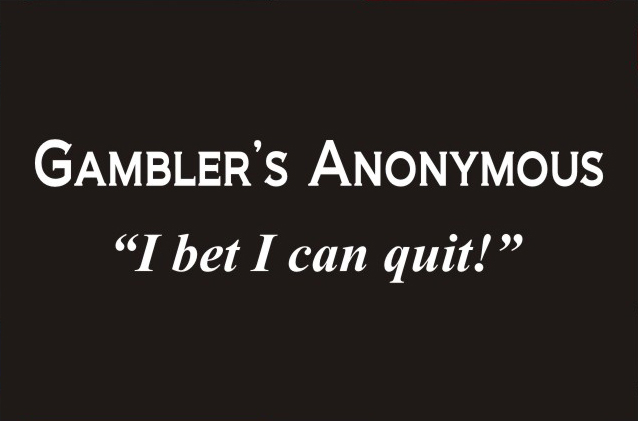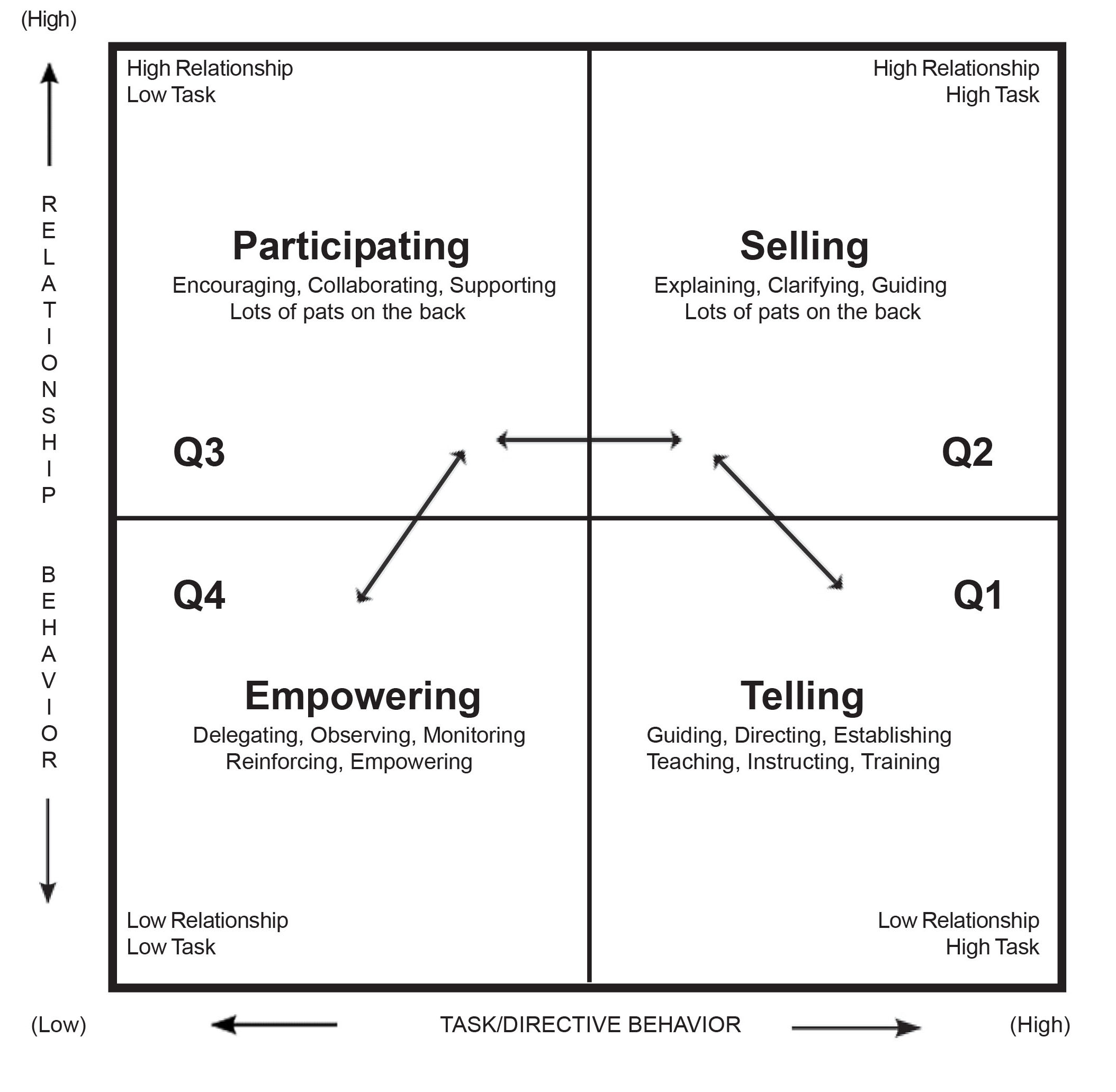This is my last email about my webinar with Lee Milteer and how I’m using it to:
1. Cement my relationship with clients
2. Get something done that I didn’t get to before
3. Create a new product for my business
Again, the intent here is to inspire you to do the same three things right now in your business, not to toot my horn.
On Monday, we’ll discuss one of my incredible private clients’ who is not only getting through this, but setting her sights on a whole new income stream when it’s over.
The webinar with Lee started out as me trying to give you something for free that you can use now.
I invited Lee, who is the best GET YOUR HEAD SCREWED ON PROPERLY person on the planet to join me.
Members of my Customer Service and Leadership Monthly Membership Program get Lee’s Millionaire Smarts Program on “proper thinking for business profits” with their membership.
For some time I’ve wanted to offer Lee’s Millionaire Smarts to you even if you don’t want to be in my Customer Service and Leadership Membership.
Until I started planning the webinar with Lee I didn’t know she doesn’t allow that.
Here’s why she doesn’t allow it…
Her program is designed to be included as a bonus to members of business coaches programs… like I do. She wants to keep the value of that bonus as high as possible. If the program is out and about for anyone, it might reduce the value in the eyes of the members and coaches.
BUT…
When I told Lee what I wanted to do she said, “Keith, I don’t allow that, but these are crazy times. Let’s do it.”
So… now I have another product to offer you that I would not have except for this crazy virus… Making Lemonade!
You can get that product for free for two months here
In review… with the webinar with Lee I have:
1. Cemented my relationship with you by giving you something of value for free
2. Got something done that I didn’t get done before
3. Created a income stream for my business
On Monday, I’ll be talking about my amazing client, Kyong Lee from Nutley School of Music, in Passaic NJ – just outside of New York City – Covid 19 Ground Zero.
She thought she might need to close her business and maybe not come back. Instead… her sales are down only 7% and she’s planning of a whole new stable income stream when this blows over. She’s amazing!
And I’ll be discussing another client who wrote to me, “My business faces collapse. What is the way forward for me?”
After I talked with him he wrote, “Thank you very much for your time. Great human being such as yourself are what any entrepreneur needs around them – especially in this rather testing time. Your words of wisdom an encouragement were very inspiring and I will make sure that I make the best of opportunity that this tragic incident of corona virus presents.”
That client in London will be using the same strategy to stay in business as Kyong is using and he will very likely create a new stable income stream when this is done.
If you think this is valuable, share it so other business owners can use it.
Stay Safe

















